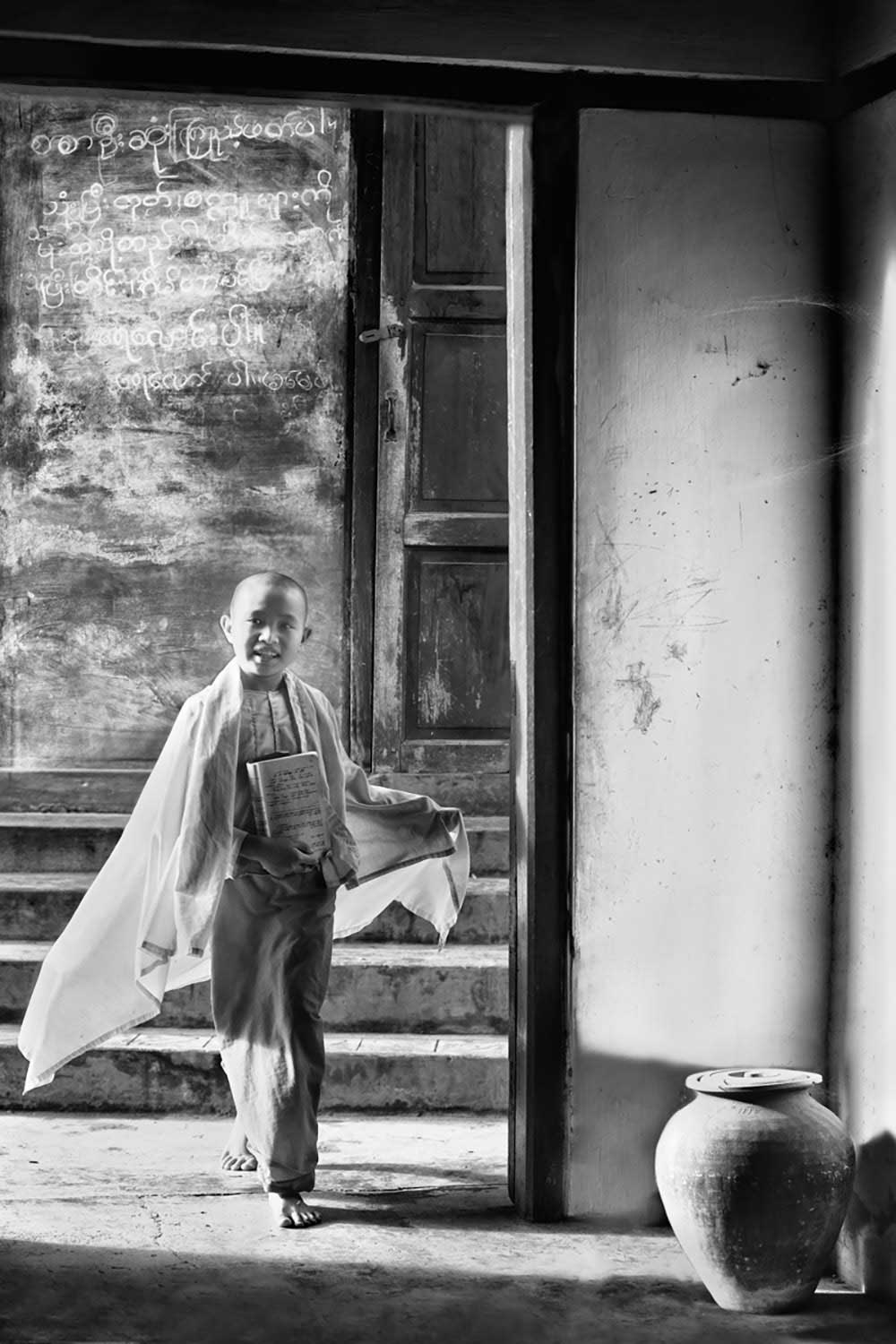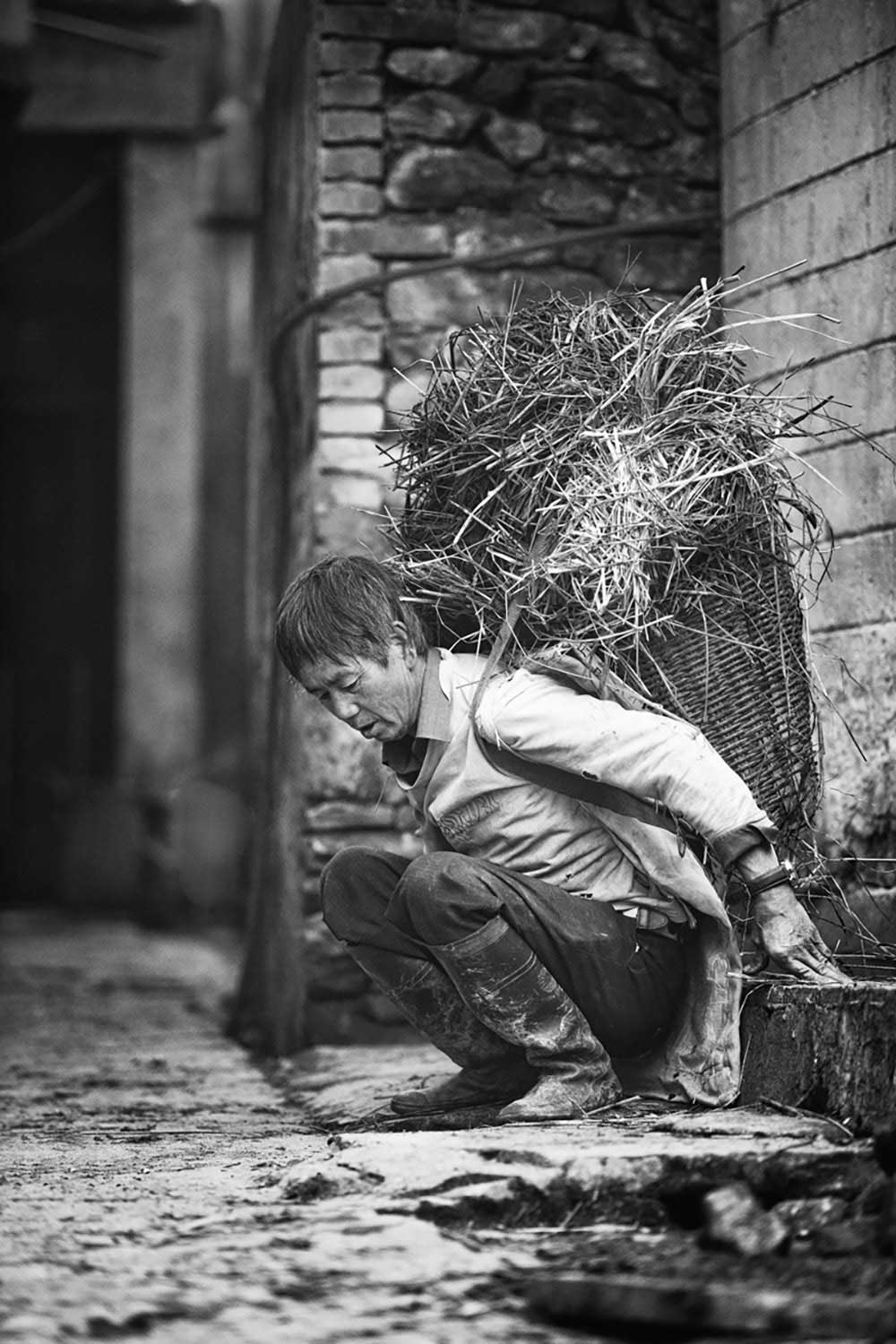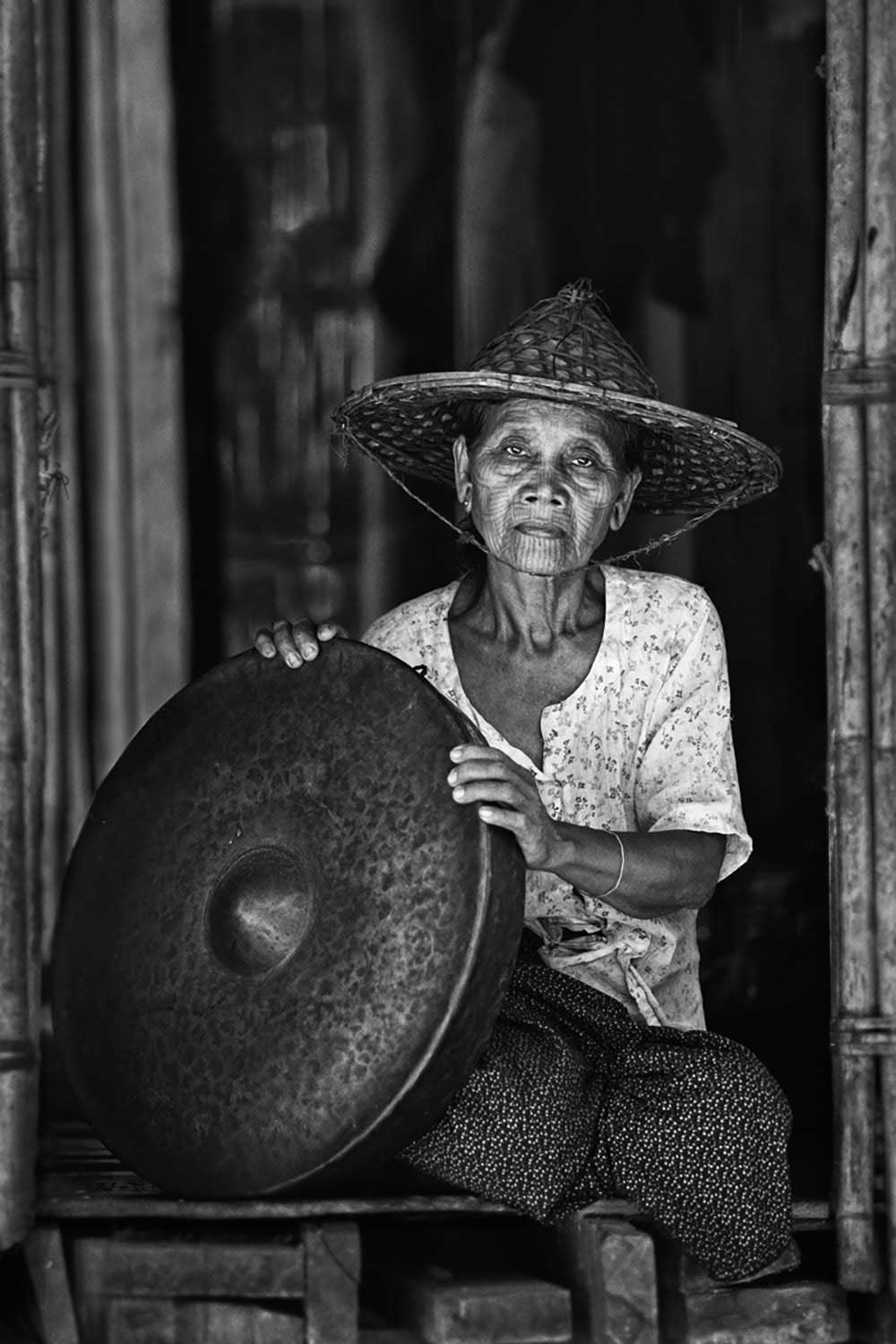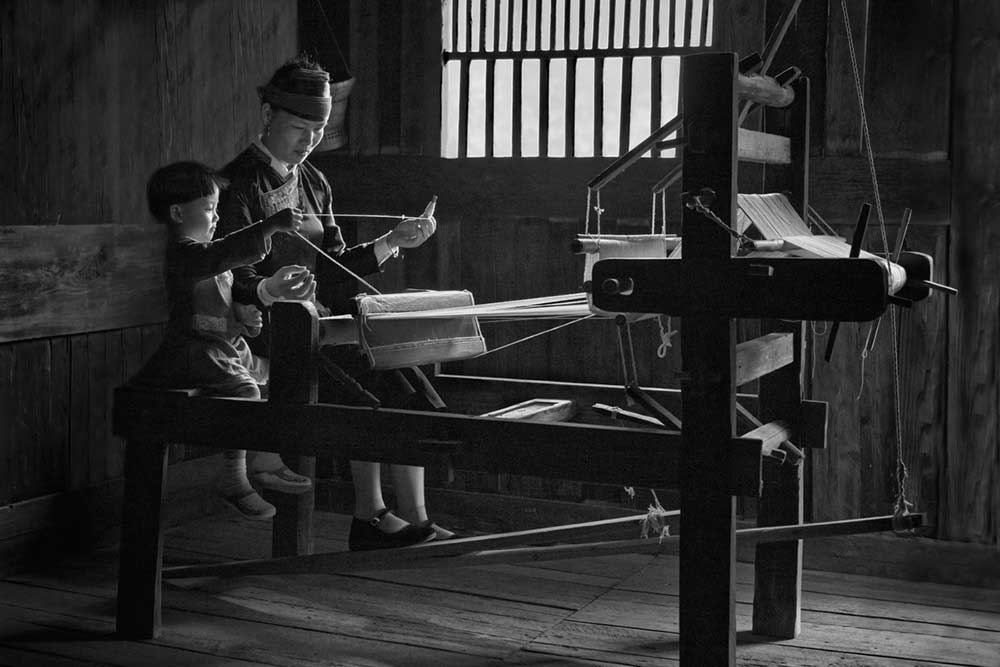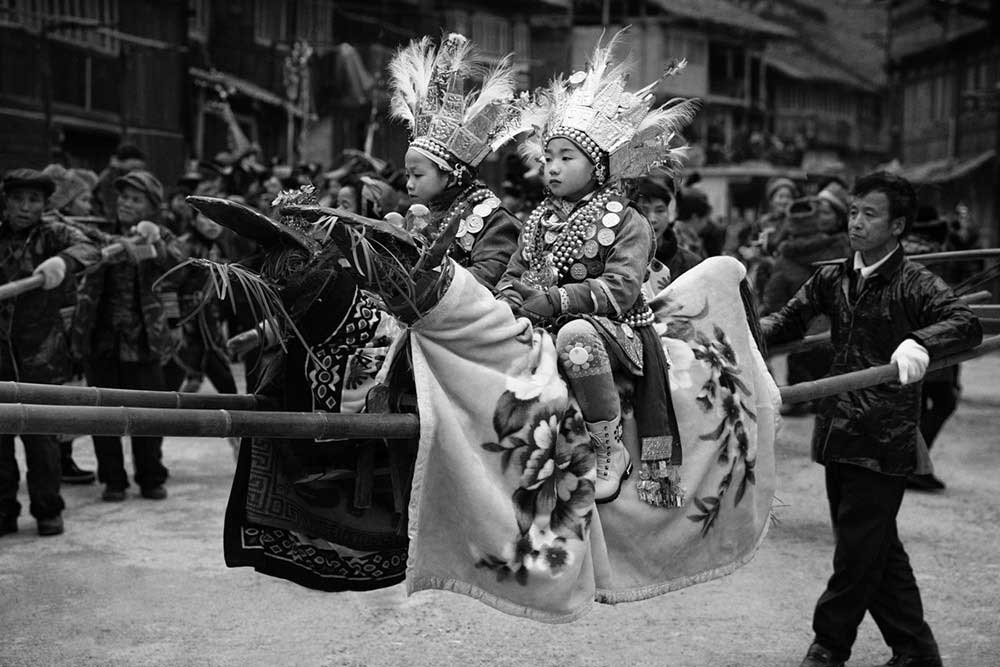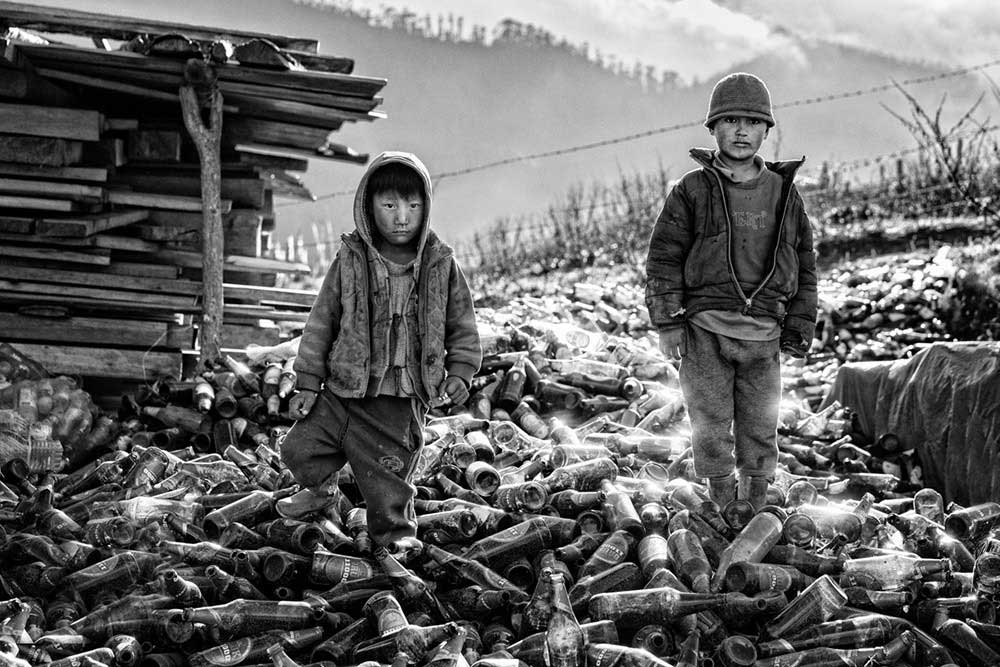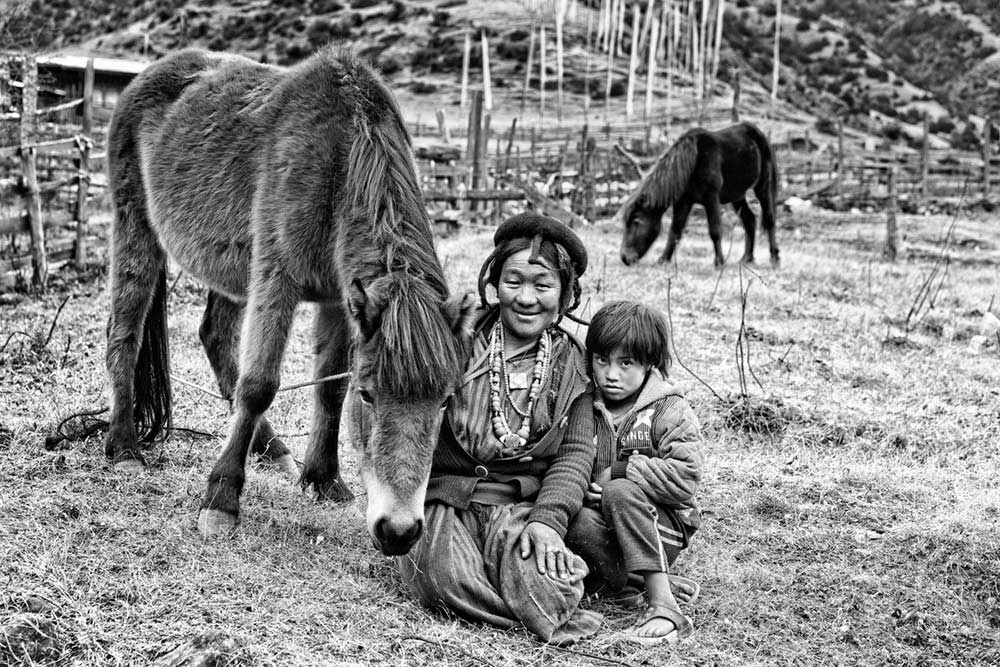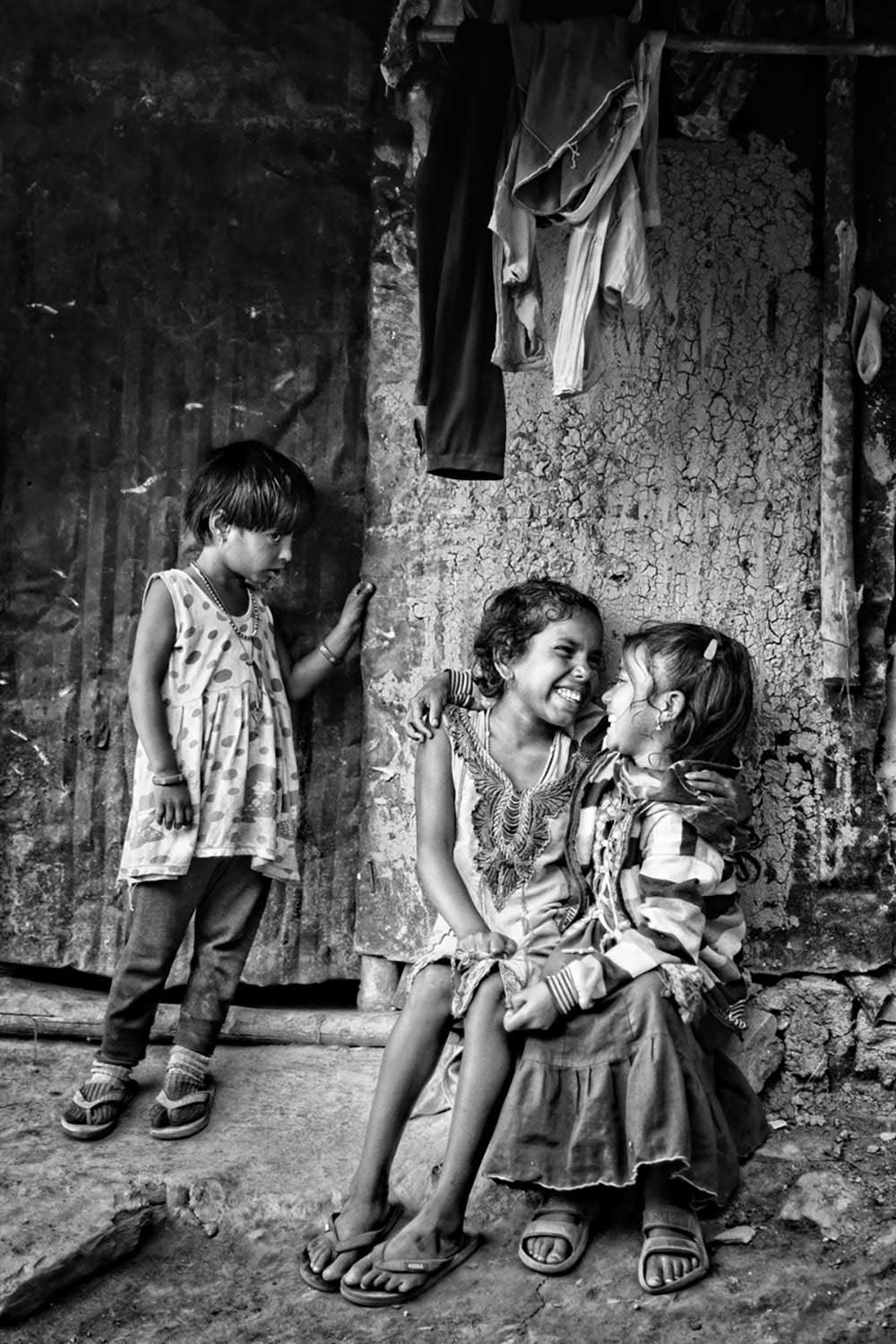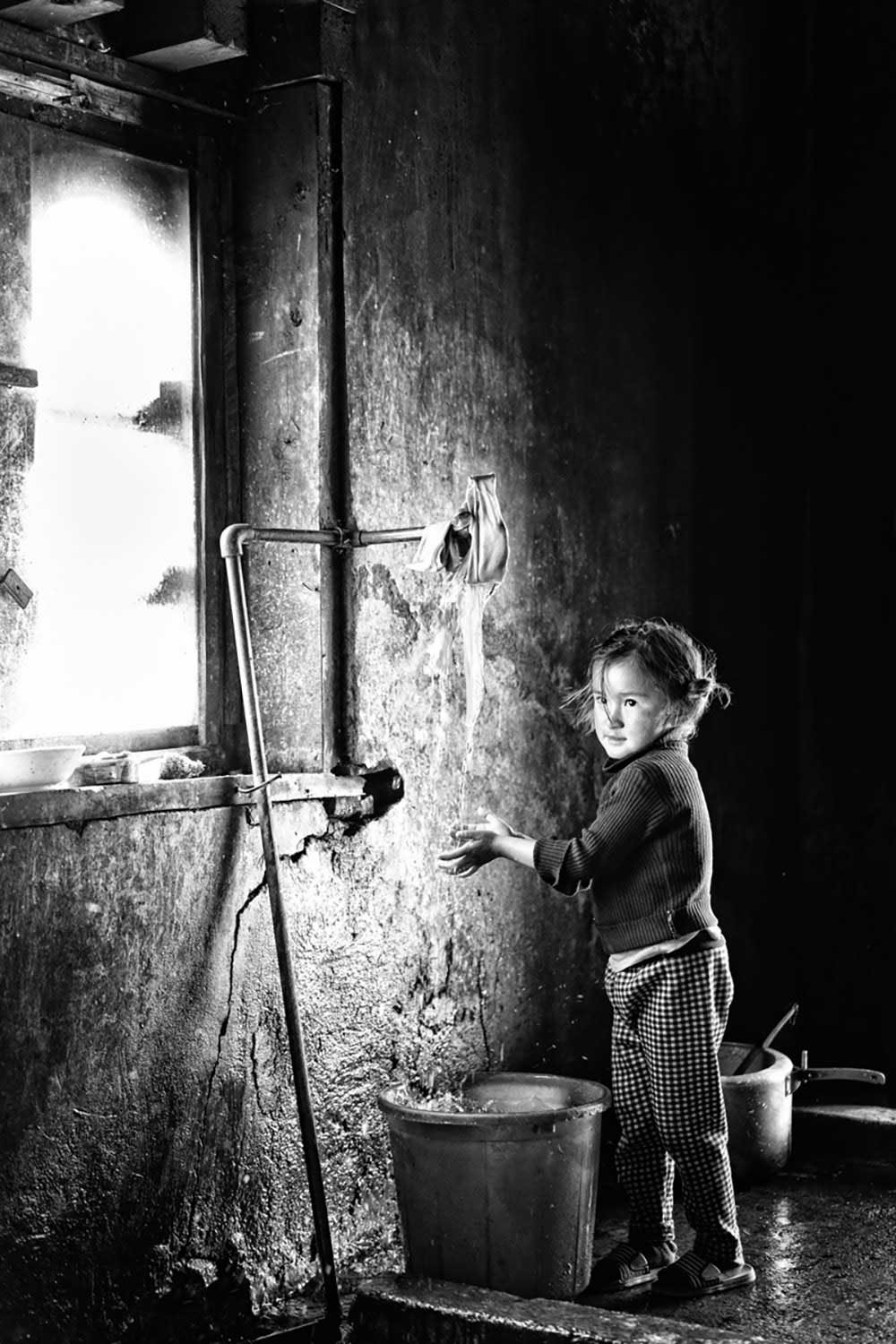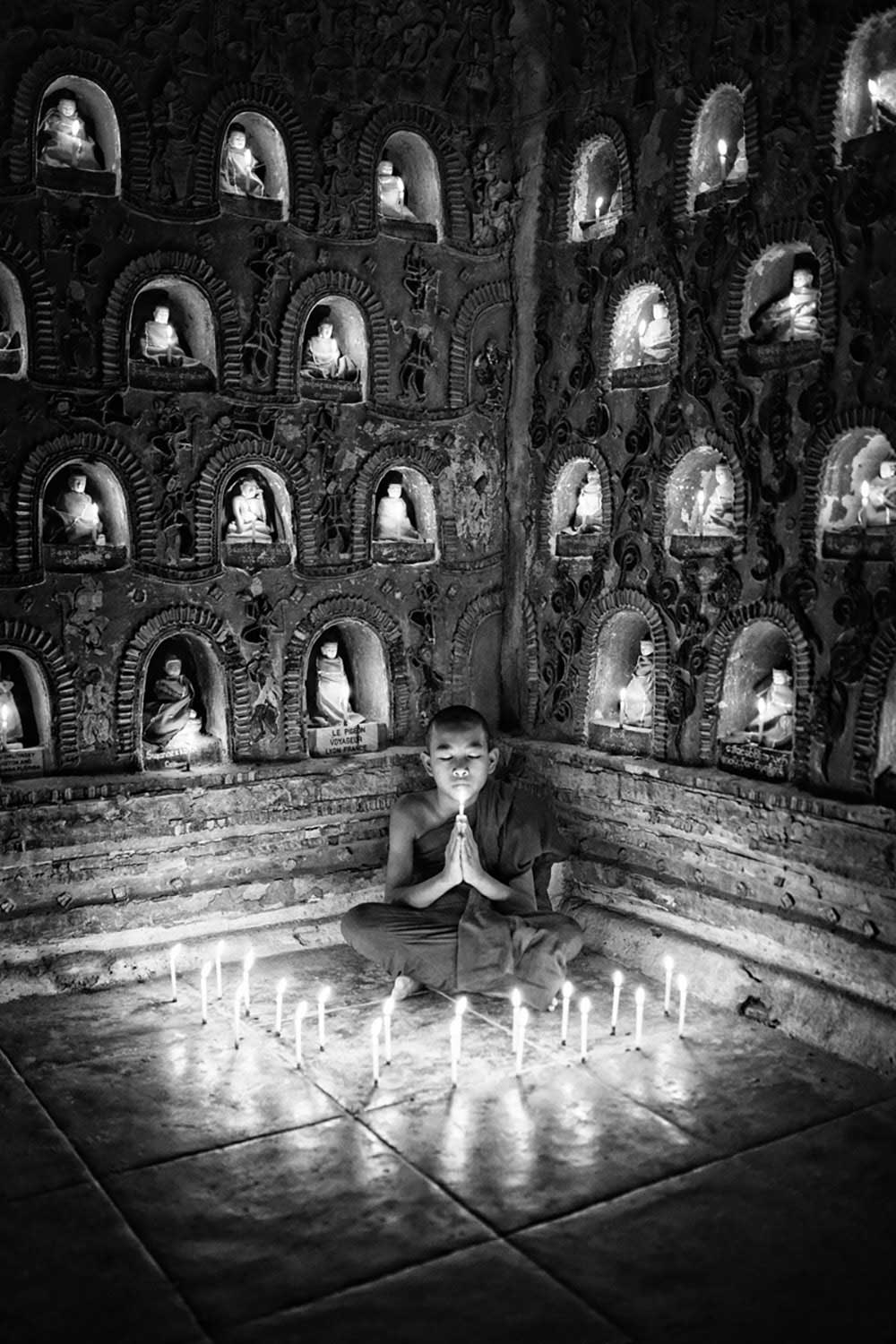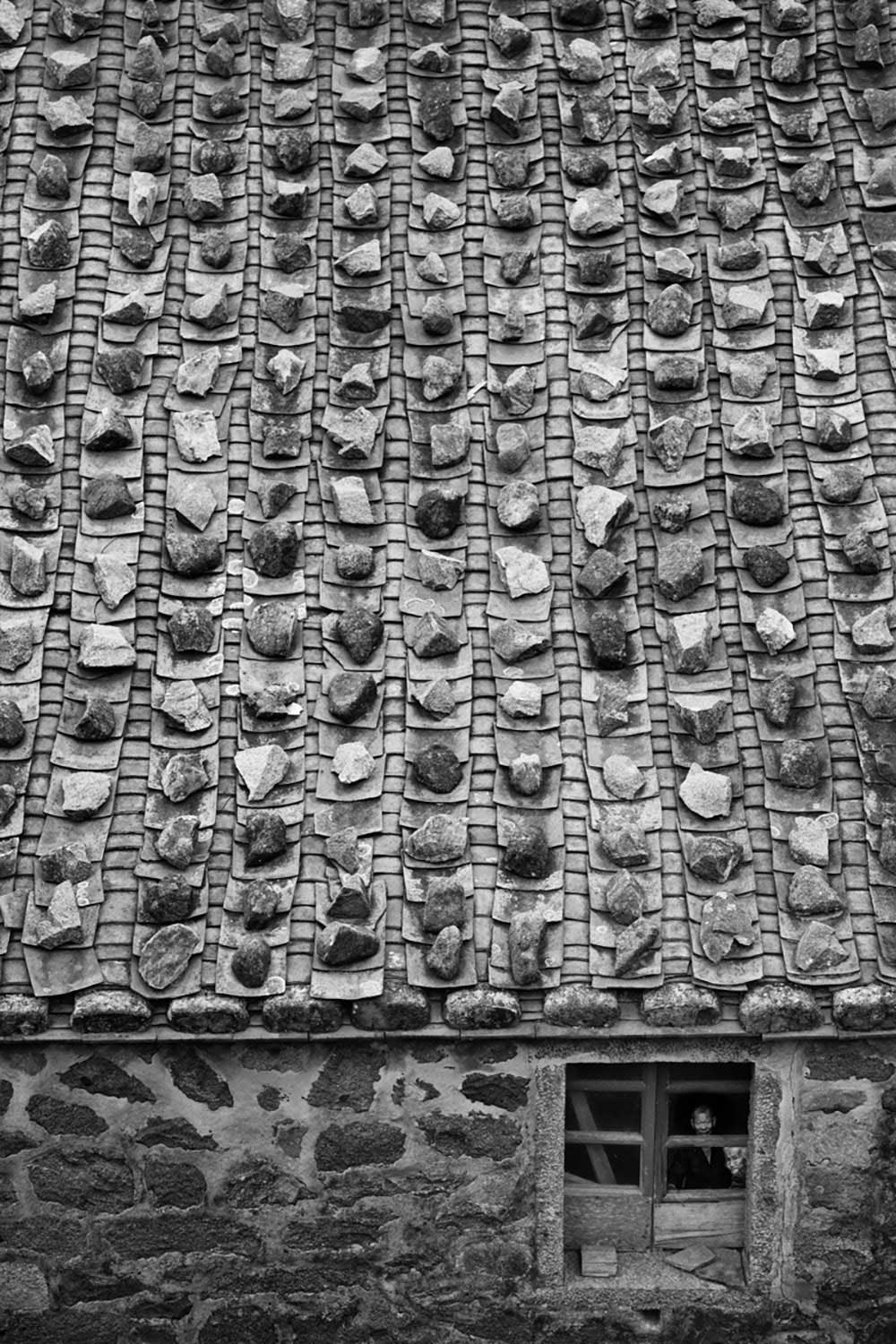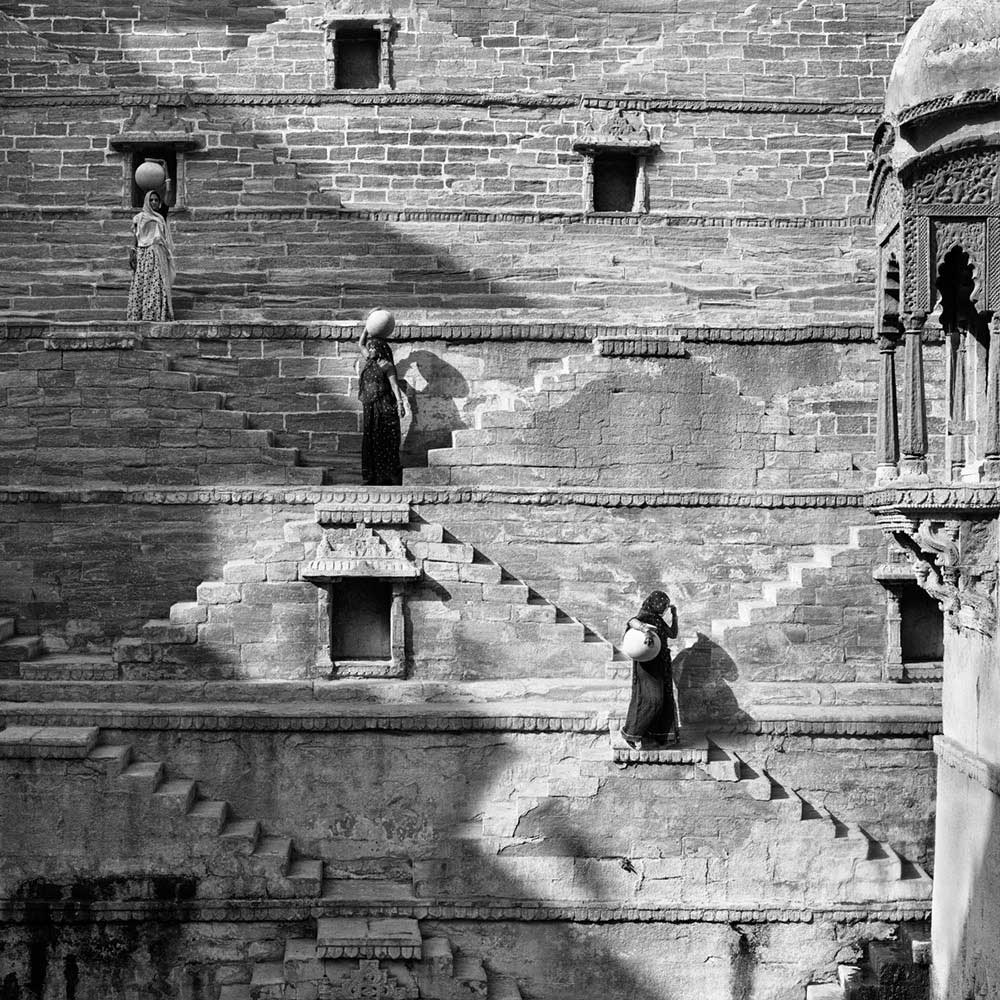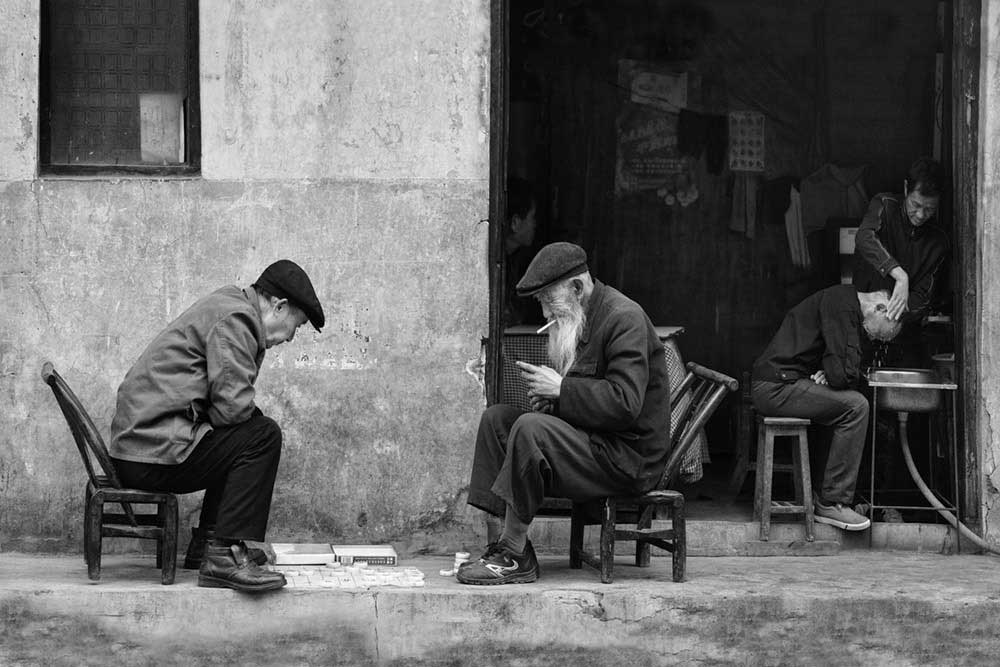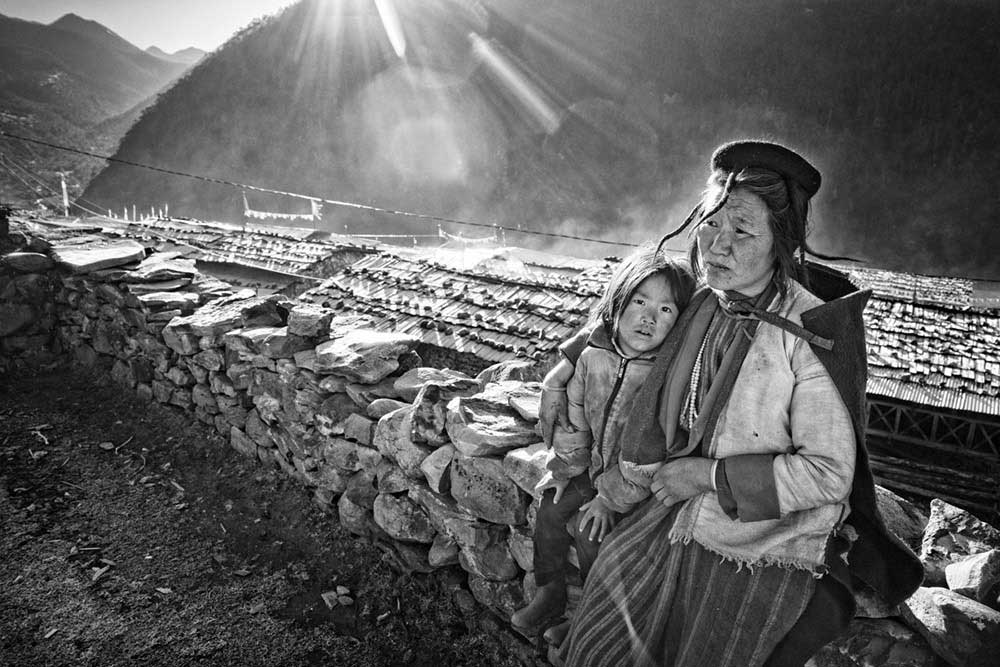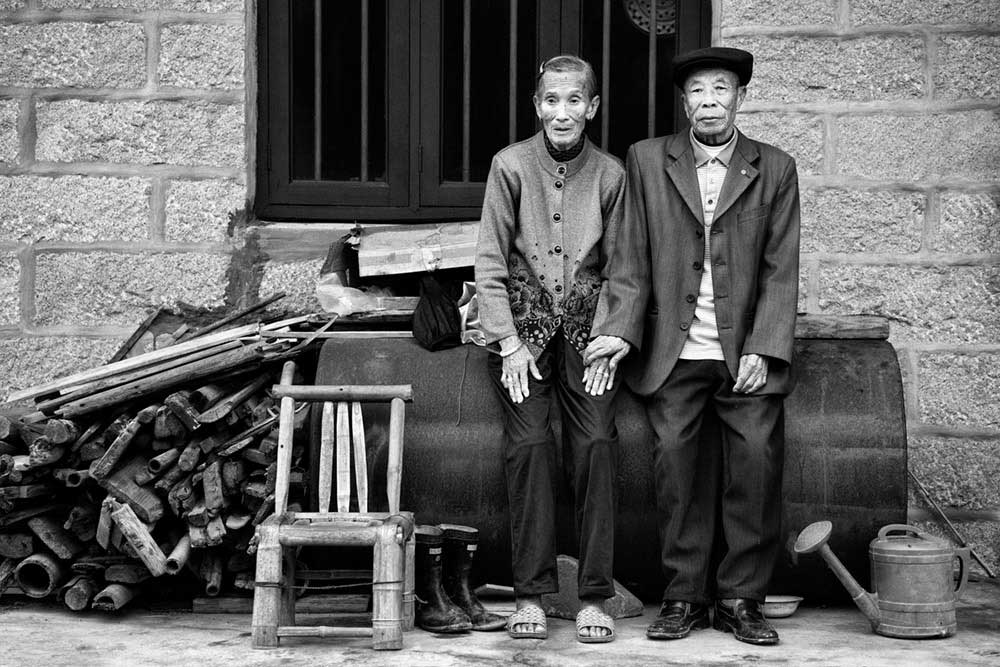Entering a village is stepping back in time; Narrow streets, sometimes paved, most of the time dirt paths. Un-numbered homes are the norm, as everybody knows each other.
Streets wind in un-orderly fashion over streams of running water, sometimes fresh often as open sewage. Early morning feels like a metronome wakes up. Few words are exchange among neighbors, prayers and chores get on the way, people leave to go farming, build roads and structures. Late afternoon, the center of the village gets busy as daily stories are shared over many types of beverages, as kids are playing. People retreat to their home when darkness approaches. Description might be symbolic but the feel is pretty accurate.
My interest was to capture the inner belly of the Village, what happens inside people’ homes, how they think, how they feel. Spirit of the Village is changing, mainly affected by the modern world innovation. Rapid changes often come at the cost of old-world customs, rituals and social relationships. This is especially true in Asia, where a search for new opportunities in urban areas has led to a mass exodus of the middle generation in rural communities. Those left behind are balancing a growing tension between the cultural diversity of the past and the homogenized present.
Villages are populated by those on opposite ends of the generational divide — grandparents and children. The net result often creates a situation where those desperately looking to preserve tradition are caring for those most-willing to embrace change. From a western perspective it may look like time stands still in the Village, and it some ways it does, but below the surface there exists a struggle between old and new, tradition and modernity that ultimately must come into balance as villagers hold onto their Spirit while coping with the reality of a modern world. [Official Website]
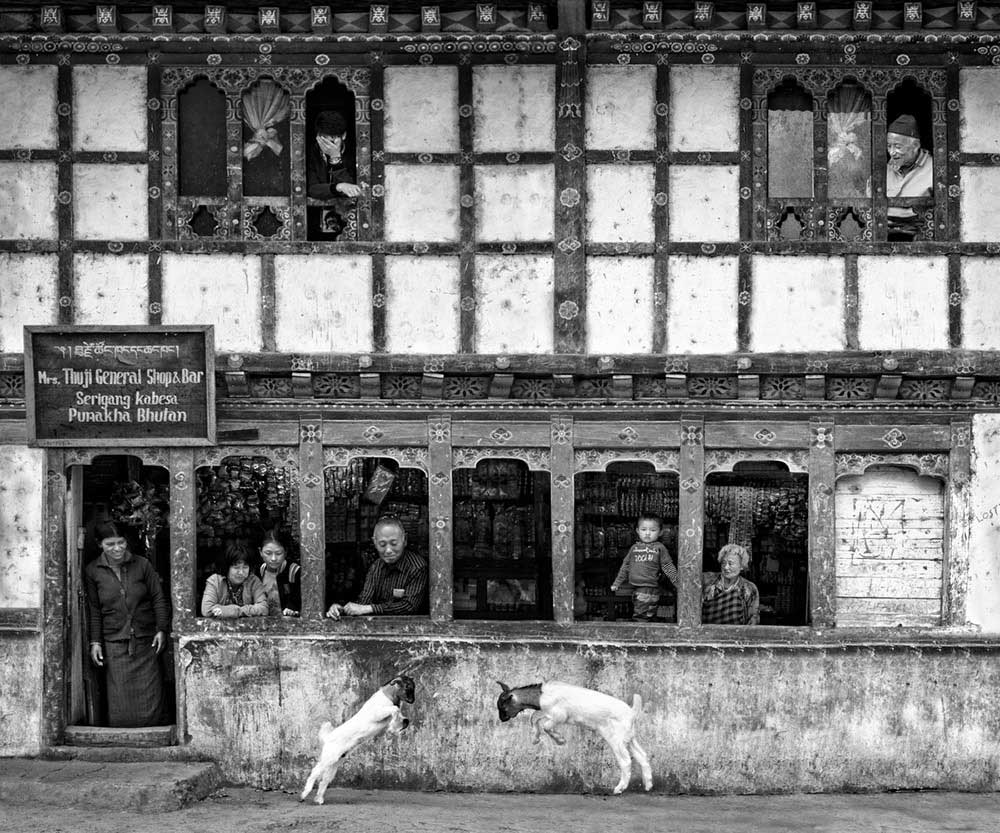
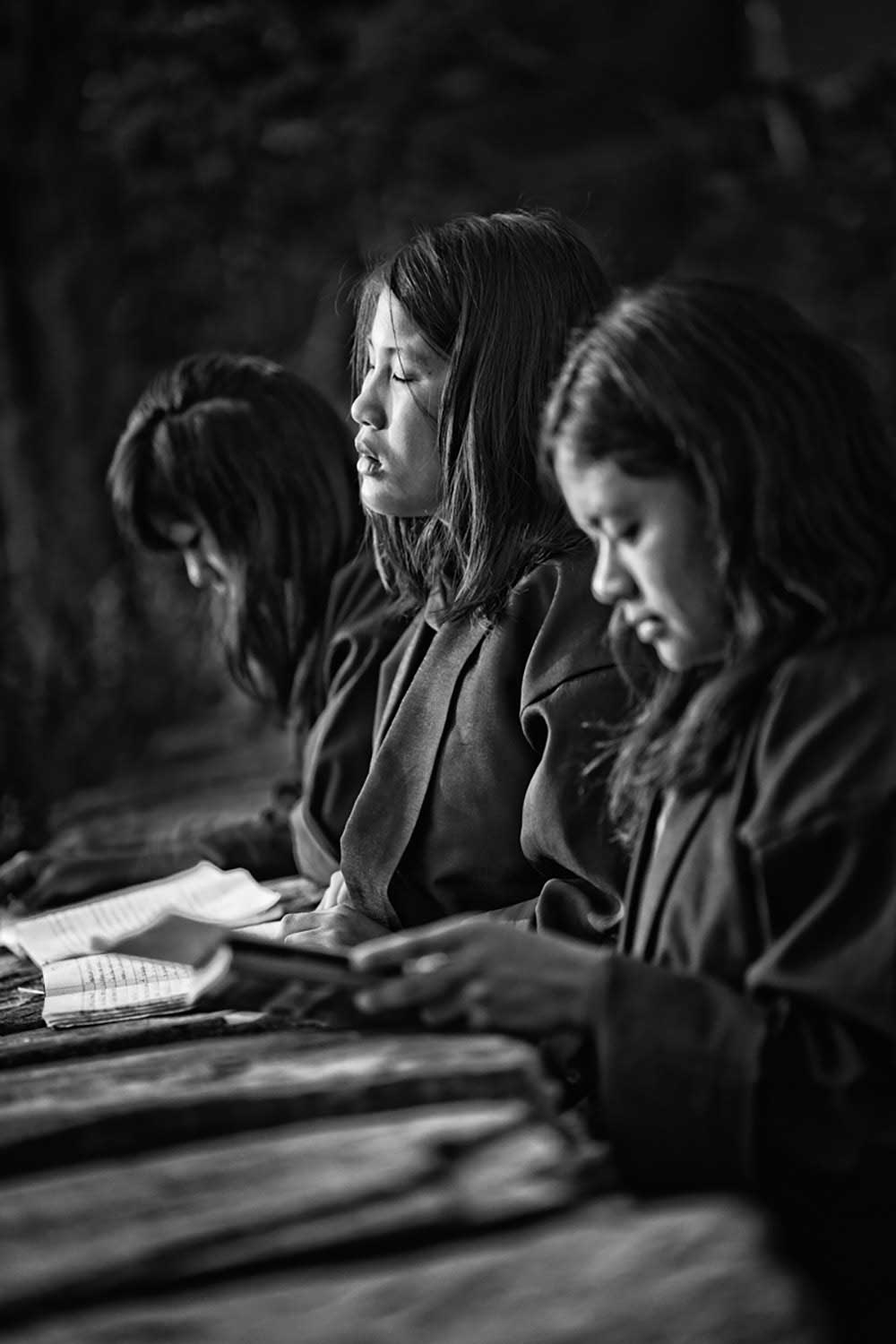
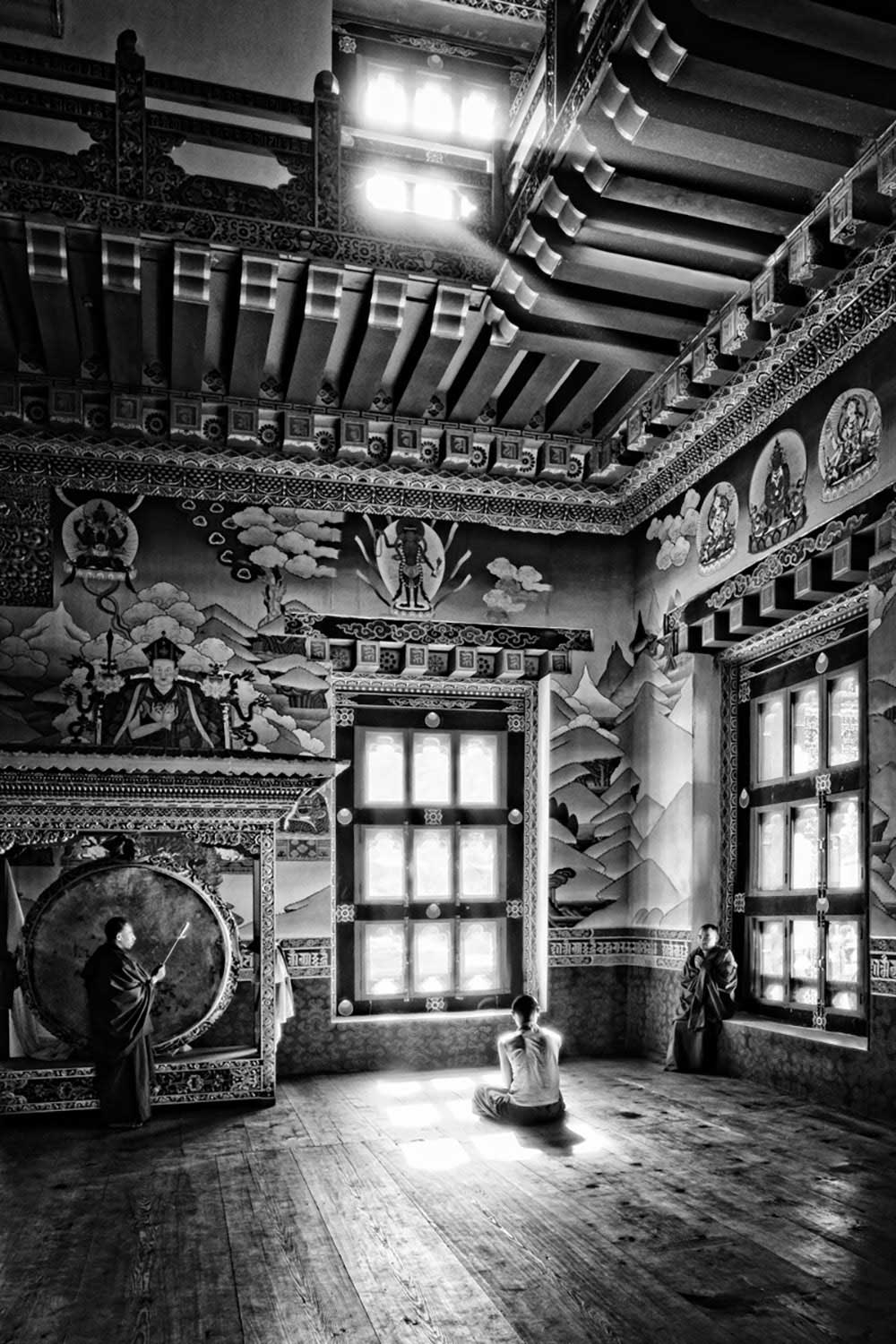
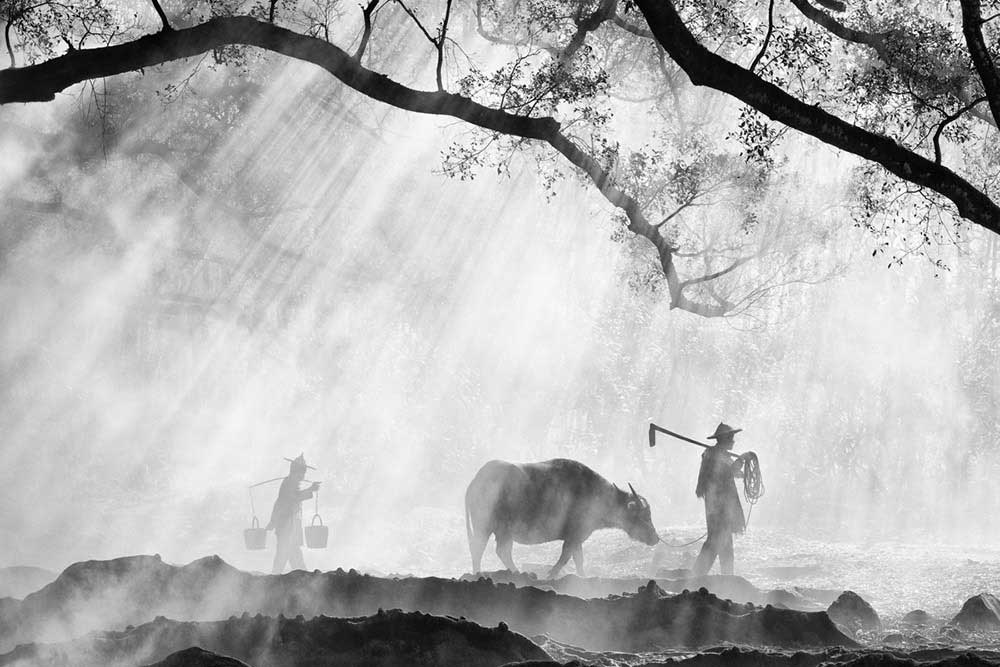
The government prides itself in providing food, shelter, and a good life to all its citizens. However, the reality is grim, as the younger generation would rather work in a factory then tend the land. Nevertheless, the elders work to keep the traditions alive.
